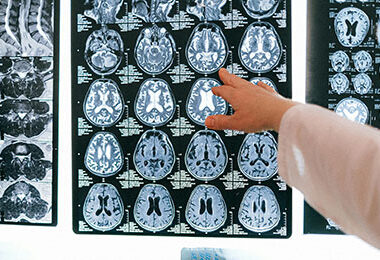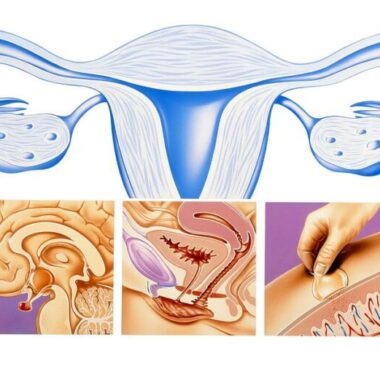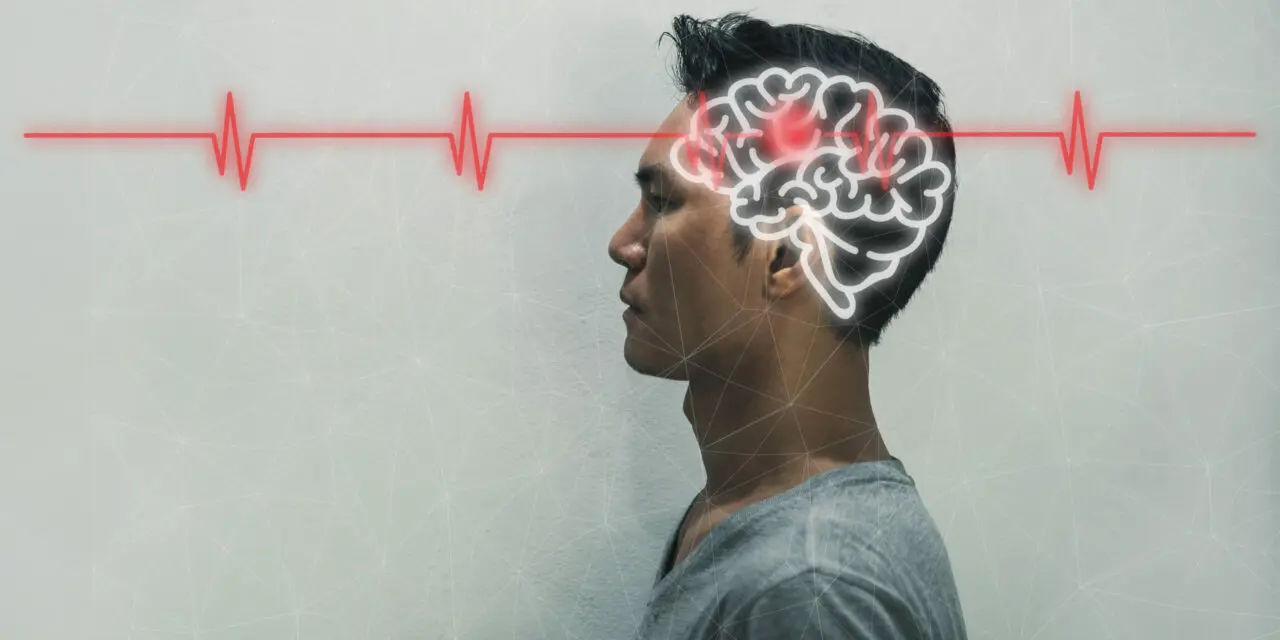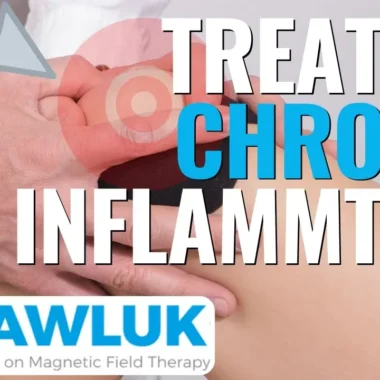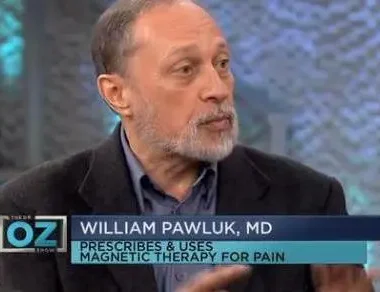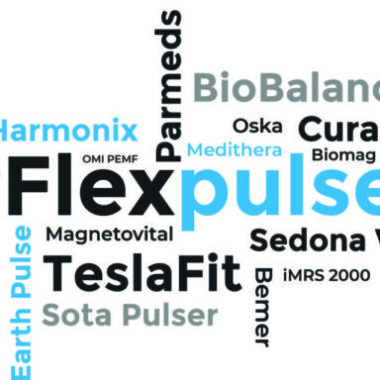Pain Reduction
Table of Contents

WHAT IS PAIN AT A BIOLOGICAL LEVEL?
Pain is both normal and necessary in acute situations. The pain you feel is a message from your body to your brain. It signals your brain to send help. It’s only after this that reduction occurs.
Acute inflammation is a physiological response to cell damage. It initiates from the exact location of the problem. In addition to being felt through pain sensations, this inflammation is often visible through redness, swelling and heat.
Acute inflammation makes your blood vessels dilate. It increases blood flow, sending white blood cells to the injury site to aid in healing. Certain chemicals are released to call immune cells, hormones and nutrients to action. All of this promotes the healing process, and as the body heals, inflammation is reduced.
Chronic inflammation, on the other hand, means that there is a steady, low-level of inflammation in the body. This holds true even when there’s no obvious injury or infection. There’s still a lot unknown about chronic inflammation and what causes it. However, research has shown that it can lead to a wide range of health issues, including chronic pain. When the immune system is activated with nothing to heal, those white blood cells can begin attacking healthy organs, tissues and cells.
Chronic pain is a major health issue that can take a toll on daily life. One in four adults experiences some form of pain at any given moment. Furthermore, 17% of people in the US aged fifteen or older deal with chronic pain that disrupts their daily life. Chronic pain can be responsible for missed work, inability to perform routine daily tasks or participate in recreational activities, and it can be a source of serious emotional distress.
THE PROBLEM WITH CONVENTIONAL PAIN MANAGEMENT
The default treatments for management of chronic pain are often medications, surgical procedures, or physical therapy. Unfortunately, these treatments are often ineffective, and sometimes dangerous.
Medications are simply covering the pain, not addressing the actual problem. And there are some serious side effects that can occur, including permanent damage to your kidneys or liver, stomach bleeding, and addiction.
The risks of complications with surgery are great, and I’ve seen far too many patients come to me after surgical procedures have failed. Physical therapy can be expensive and time-consuming; while it can be a good short-term solution for an acute problem, it’s not practical for treating chronic conditions.
Other alternative treatments, like chiropractic care and acupuncture, can provide some relief, but the problem is still there. When the treatment wears off, the pain returns, sending you back for treatment again and again.
PEMFS TREAT PAIN WHERE IT BEGINS
Damaged nerve networks stuck in a constant state of inflammation send pain messages to your brain, which sends help that can actually perpetuate the pain. PEMF therapy calms those nerves, finally allowing them to recover.
The majority of pain sources treated with PEMF therapy are musculoskeletal disorders such as arthritis, sprains or strains, factures, osteoporosis, neuralgias, neuropathies, and many more. While inflammation is crucial to the healing process, when the body overcompensates tissue swelling (edema) can cause pain and delayed healing.
With soft tissue and musculoskeletal issues, as well as post-traumatic wounds (such as after surgery), edema reduction has to occur to speed healing and achieve pain reduction. PEMFs change the local tissue where the pain begins, thus resulting in a reduction of pain. Studies have shown these tissue changes in numerous conditions, including acute ankle sprains, whiplash injuries, and chronic wound repair (Jerabek).
Pain is communicated through nerve signals from the point of origin to the brain. Often, with more severe or chronic pain, this pain “centralizes” in the brain, so PEMF treatment to the brain is the best option. Pain can also be transferred to other parts of the body, so determining the actual source can be tricky. It’s important to work with a knowledgeable practitioner to establish the cause and the source of the pain to set-up the most effective treatment protocol.
PEMFS STIMULATE CHANGE AT THE CELLULAR LEVEL
PEMFs heal tissues deep within the body when the correct intensity is used at the source of the pain. In PEMF therapy, low frequency pulses of electromagnetic stimulation is used to relieve pain and heal damaged tissues. These pulses activate energy at the cellular level to stimulate natural repair processes.
Adenosine is a molecule that has been called a “guardian angel” in human disease (Borea). Working through the adenosine receptor (AR), adenosine plays a key role in controlling inflammation.
PEMFs stimulate A2A receptors which increases production of adenoisine. A2A receptors have a complex relationship with immune and inflammatory processes. Under normal conditions, acute inflammation-producing molecules naturally stimulate the A2A receptor to prevent or decrease inflammation. Low adenosine production means these receptors don’t work as they should, and chronic inflammation can result.
PEMFs increase the ARs, allowing for more efficient functioning of adenosine, which produces a larger anti-inflammatory action than medications, without side effects, desensitization, or receptor resistance.
Neutrophils, which make up 40 to 70 percent of white blood cells in most mammals, have an abundance of A2A receptors in their membranes. These neutrophils are called to the site of inflammation very quickly after trauma. In a lab study, PEMFs of the right intensity applied at the surface of neutrophils have significantly increased the binding of adenosine to the A2A receptor. (Massari) This research clearly showed that having the proper intensity can be critical to effectively reducing inflammation anywhere in the body.
PEMF THERAPY REDUCES PAIN FOR BOTH SHORT AND LONG TERM RELIEF
By reducing inflammation, PEMFs are an effective alternative treatment for both acute and chronic pain.
In acute situations, treatment with PEMFs can speed tissue healing and reduce pain quickly, without the potential side effects of the medications often used to treat acute pain.
With chronic conditions, PEMF therapy is even more valuable. Animal studies show that PEMFs reduce the pain receptors in the brain. Some studies found that the relief was equivalent to 10 mg of morphine (Thomas). This relief, in addition to the natural healing responses that PEMF therapy creates in the body, makes PEMF therapy an ideal option for the management of chronic pain and its causes.
One of the great things about PEMF therapy is that it can be done in the comfort of your own home. The initial investment is often less than ongoing treatment would cost, and when you own a PEMF machine, multiple family members can make use of the therapy as needed.
For more information on PEMF therapy for pain reduction, or to discuss which PEMF machine might be right for you, call our office to speak to a member of my team.
There’s no need to live with chronic pain – we can help!
REFERENCES
Jerabek, J and Pawluk, W. Magnetic therapy in Eastern Europe: a review of 30 years of research. Publ. Advanced Magnetic Research of the Delaware Valley, Chicago, 1996.
Massari L, Benazzo F, De Mattei M, et al. CRES Study Group. Effects of electrical physical stimuli on articular cartilage. J Bone Joint Surg Am. 2007 Oct;89 Suppl 3:152-61.
Thomas AW, Prato FS. Magnetic field based pain therapeutics and diagnostics. Bioelectromagnetics Society, 24th Annual Meeting, Quebec City, PQ, Canada, June, 2002

